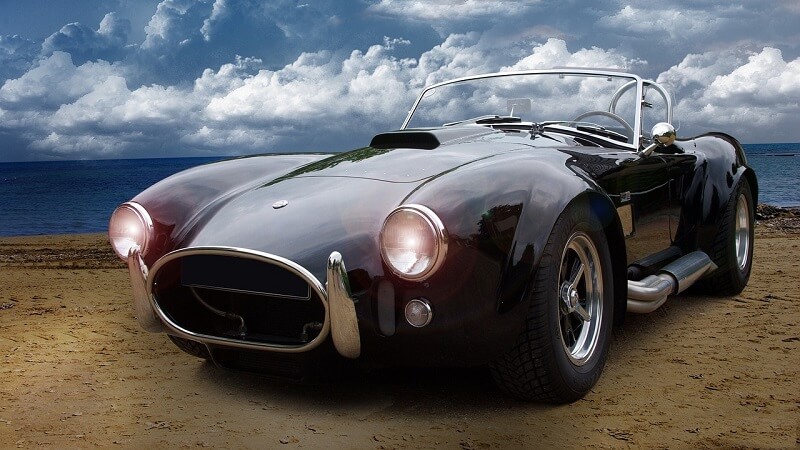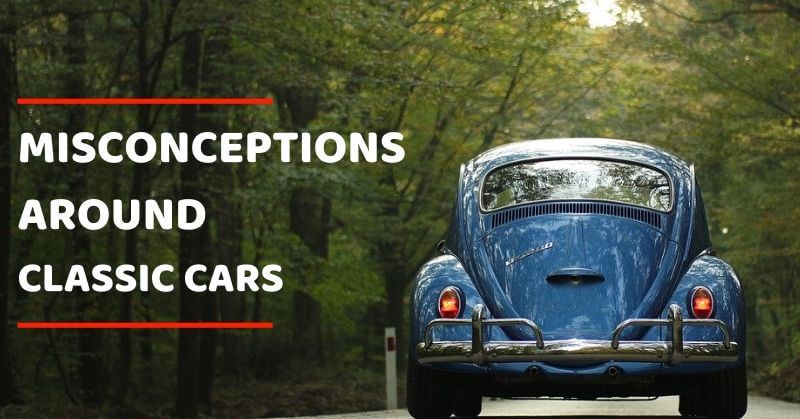Whether it’s an innovative design or impressive tech, most cars have something unique about them that makes them special.
There are very few cars across the globe that have successfully negotiated a huge lifespan, yet classic car collectors manage to maintain significantly aging vehicles. Despite what motoring journalists may lead you to believe, cars that were built in 2007, regardless of their F1 like launch control, are not an instant classic. Similarly, what are considered classics by industry experts, have assumed a host of serious myths over the years. In this article, Grange vehicles, who offer the Bentley Bentayga, examine the biggest myths regarding classics and shed some light on reality.
Tax Issues


So, what makes a car a classic exactly? In the UK, the definition of a classic is a car that was registered more than 25 years ago. When considering this, it isn’t actually that old — 1994! However, have you ever heard that a classic car exempts you from road tax? In the past, 25 years was deemed an appropriate marker to define ‘classic’ and benefit from road tax exemption. Now, the vehicle must be 40 before a tax exemption comes into play. Although you won’t be able to take advantage of escaping road tax with all classic cars, most companies will offer classic insurance. This can save you from a hefty tariff.
Exposure To The Elements
If you collect classic cars, you’ll look forward to the chance to show off your collection. The whole point of parting with the sum of money in the first place was to show it off in front of the neighbors. Many car enthusiasts will suggest that you can’t venture outdoors with your precious piece of history in the winter months as the elements will damage it. Take measures such as replacing worn seals, safeguarding the sump of the car, checking the battery, and regularly washing the body. You may also want to think about investing in inspection lighting in case something does go wrong with the car.
High Mileage
Potential buyers tend to stay away from cars with too much mileage. We aren’t suggesting that you search the depths of the earth to find a Morris Minor with 350,000 miles to its name. However, often a car with no miles on the clock at all translates into an unknown entity. For example, a used car that has accumulated 30,000 miles has proven its worth, and any potential issues will already have been resolved. On the other hand, a car that has spent the majority of its usable life stored away under a tarpaulin at the back of the garage could quite easily blow a cylinder head on the first ten miles of its trip.
Popularity
Whether it be a one-off batch of celebratory coronation stamps or an uncut edition of a vinyl record, these items will often hold the most value. For cars, however, although this might in some cases be relevant, a one-off doesn’t often hype demand. The DeLorean, made famous by ‘80s cult movie Back to the Future, only had 9,000 models produced worldwide. But the car failed to replicate the success of the film which saw it climb to international prominence. Most classics have cemented their position thanks to the fact they were once a popular automobile of choice.
Environmentally Unfriendly?
As a general rule, newer cars are better for the environment than older models. Turbo engines that were squeezed with pressure to emit as much power as possible failed to take into consideration the potential damage to the environment. Before catalytic converters came to vehicles, classic car emissions were 10 times that of their modem day marques. However, using an older car isn’t all doom and gloom. In some respects, used cars can be more environmentally friendly than purchasing a new car, as another car isn’t heading to the scrap yard.
Entertales is on YouTube, Click here to subscribe for latest videos and updates.

